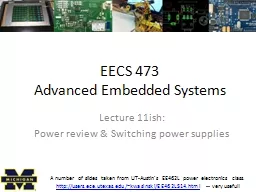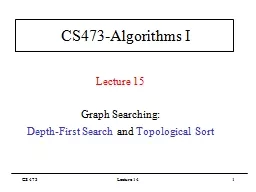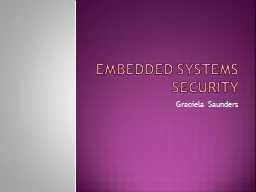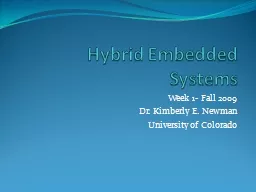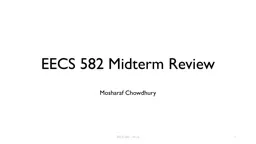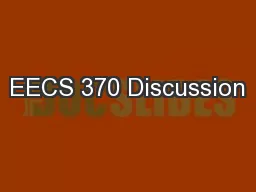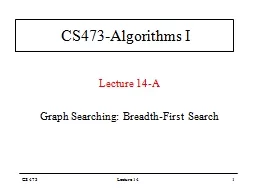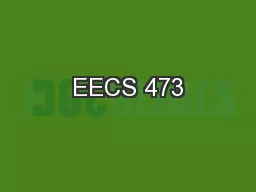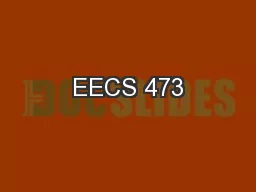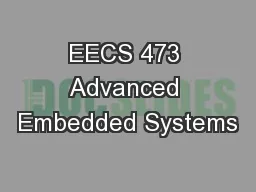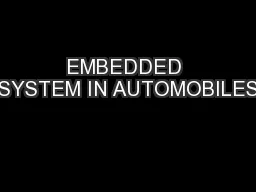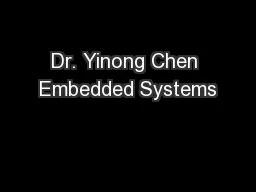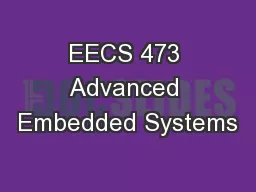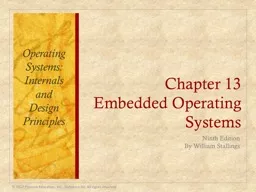PPT-EECS 473 Advanced Embedded Systems
Author : studmonkeybikers | Published Date : 2020-06-16
Lecture 15 Power review amp Switching power supplies again A number of slides taken from UTAustins EE462L power electronics class httpuserseceutexasedu kwasinskiEE462LS14html
Presentation Embed Code
Download Presentation
Download Presentation The PPT/PDF document "EECS 473 Advanced Embedded Systems" is the property of its rightful owner. Permission is granted to download and print the materials on this website for personal, non-commercial use only, and to display it on your personal computer provided you do not modify the materials and that you retain all copyright notices contained in the materials. By downloading content from our website, you accept the terms of this agreement.
EECS 473 Advanced Embedded Systems: Transcript
Download Rules Of Document
"EECS 473 Advanced Embedded Systems"The content belongs to its owner. You may download and print it for personal use, without modification, and keep all copyright notices. By downloading, you agree to these terms.
Related Documents

